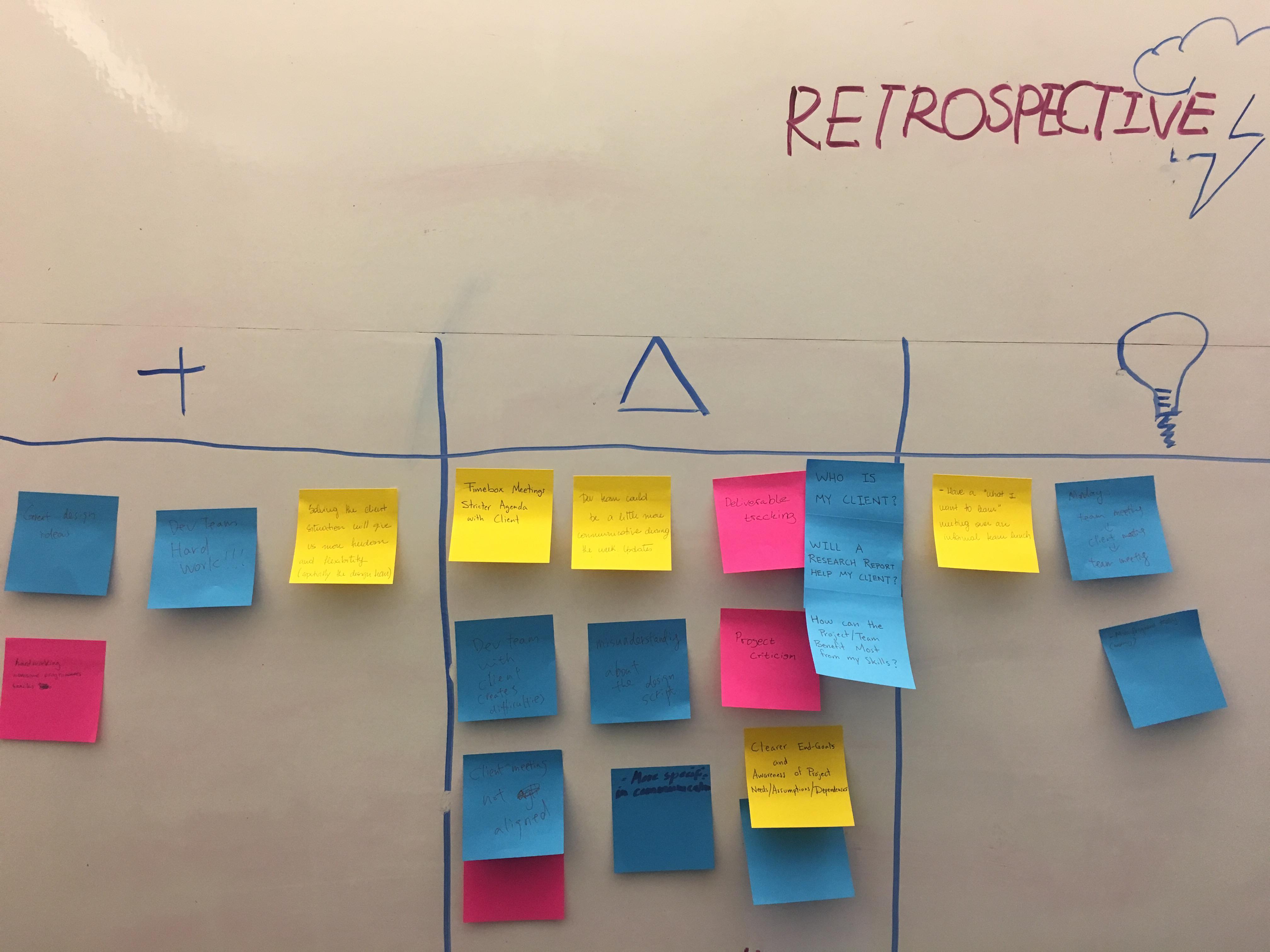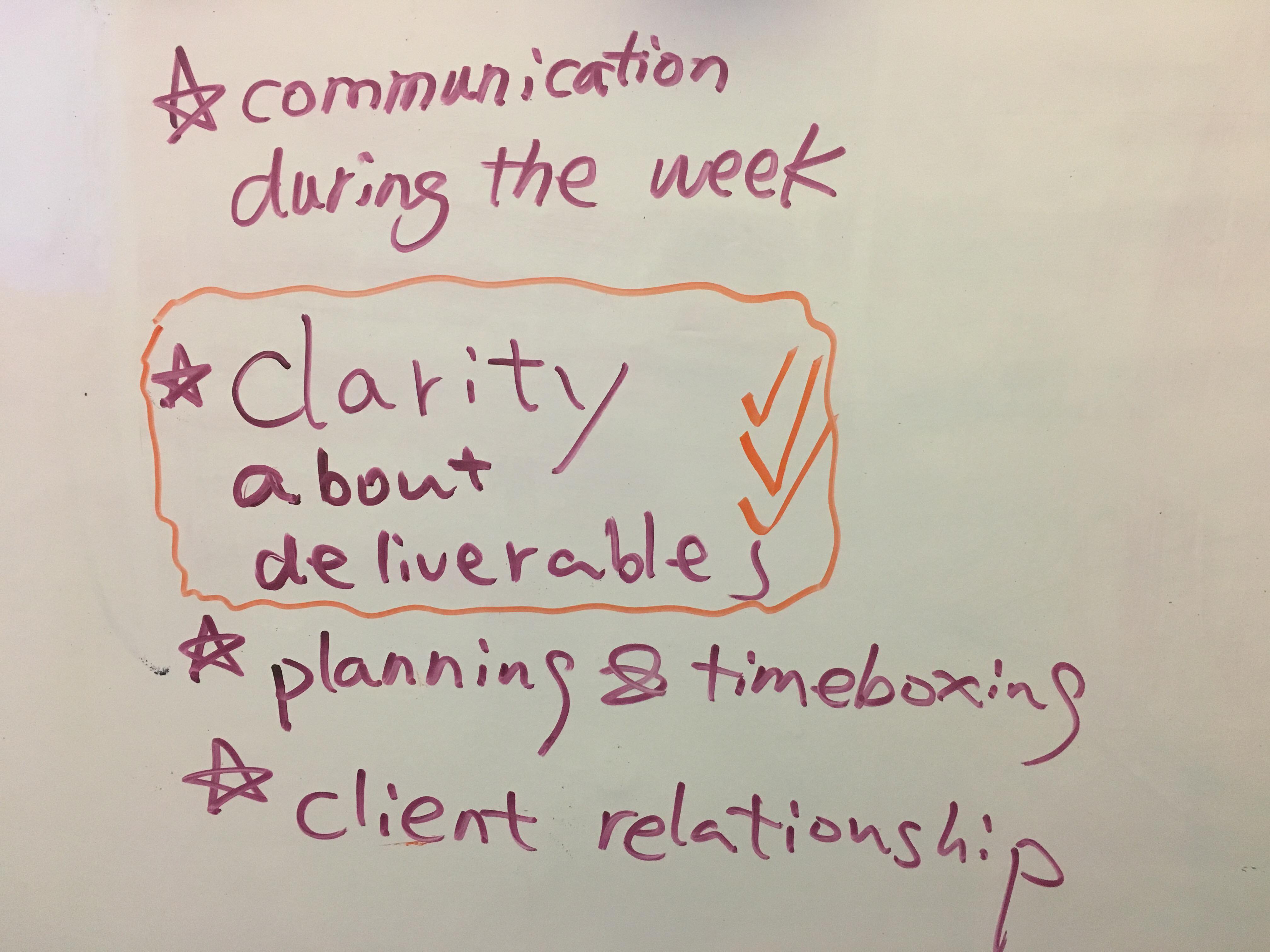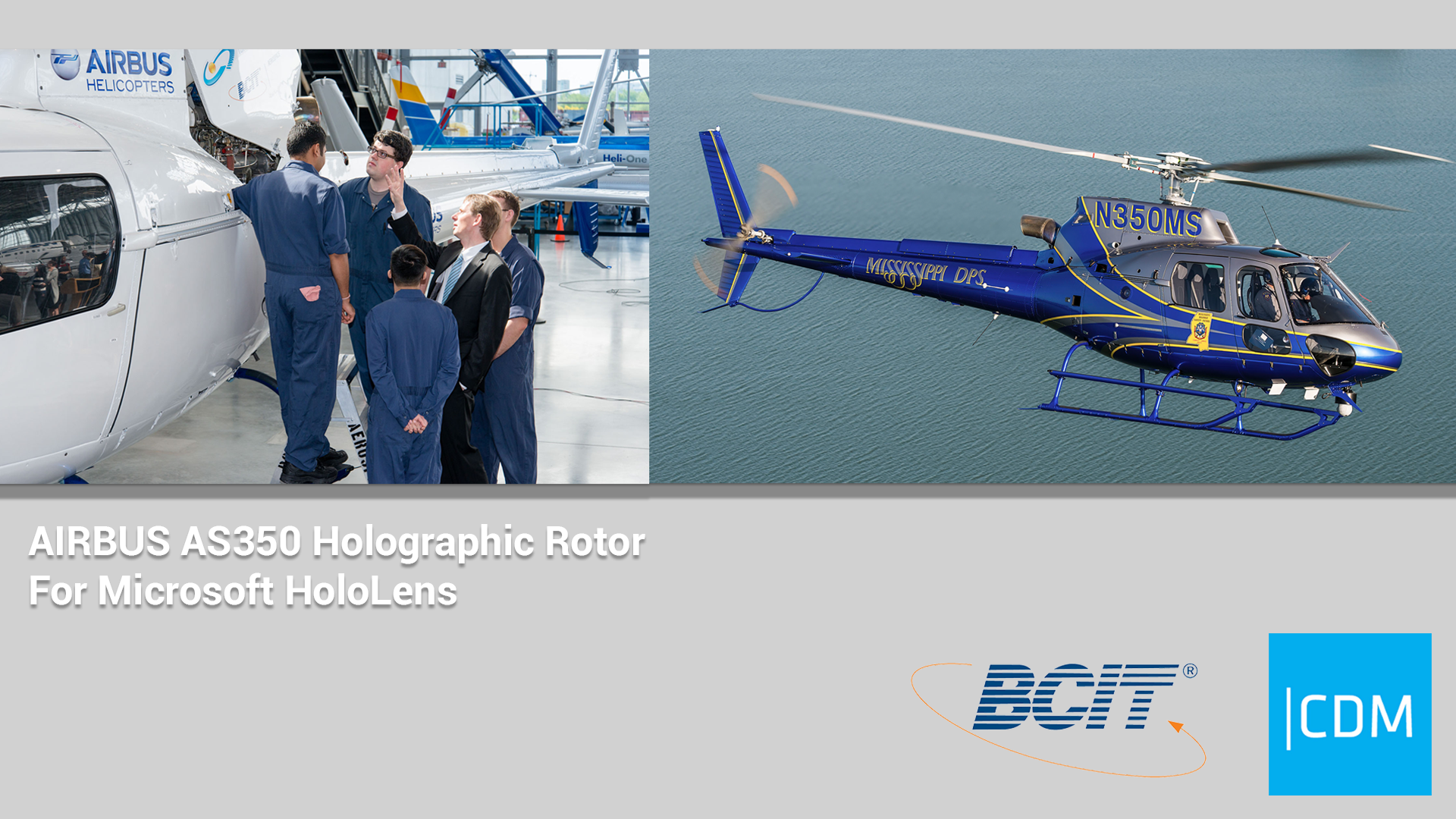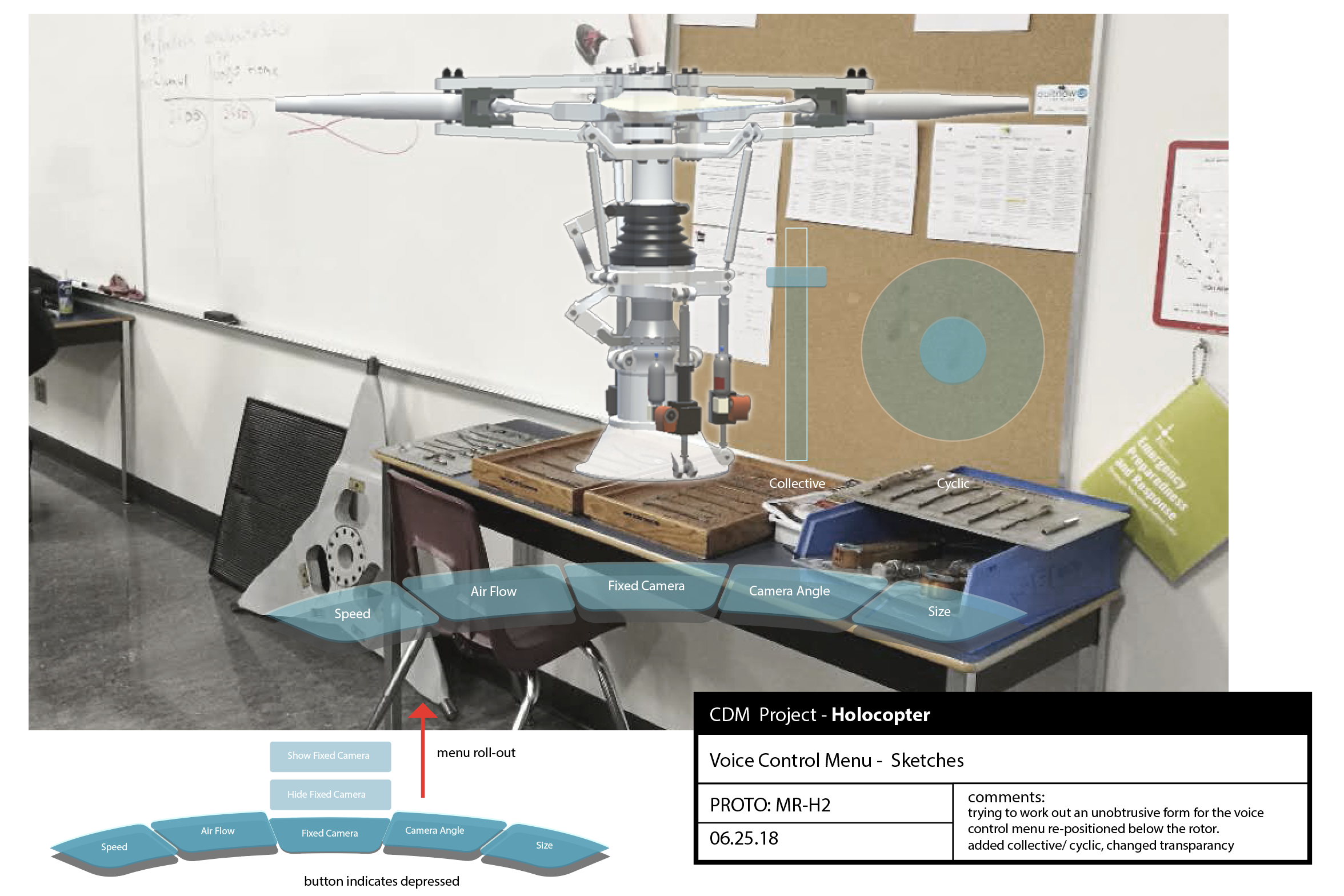If you ask me what are the most important things I learned from this whole Agile project management method, I would say it is probably how it helps my project teams to build a shared culture that allows everyone to provide critical feedback and solve problems in a safe and creative environment through sprint planning, sprint review, stand up and particularly retrospective.
No matter what team you are in, there will always be different personalities, different backgrounds and different approaches to get things done. On one hand, diversity lays a good foundation for creativity. On the other hand, it means potential conflicts and misunderstanding.
What Agile method provides is a systematic but nimble approach to align team members and resolve conflicts together. It is safe, transparent, and therefore everyone in the team is productive.
Here is an example of retrospective with my team.
In case you are not familiar with these symbols, the plus symbol means things we did well; the triangle symbol means what we need to improve; and the light bulb symbol means suggestions for improvement. You might wonder why we had so many items under “△”. On one hand, it was because we had accomplished more that week. But more importantly, it was because our team ignored the importance of retrospective in previous weeks, leaving some important issues unattended.
You might wonder why we had so many items under “△”. On one hand, it was because we had accomplished more that week. But more importantly, it was because our team ignored the importance of retrospective in previous weeks, leaving some important issues unattended.
The fact is not everyone in my team values retrospective the same way, particularly when the team is seemingly doing a good job. There were times when retrospective was almost omitted and I had to explain why we still need retrospective. One reason is that it could be a perfect opportunity to recognize the great work the team has accomplished, if the team is indeed doing a wonderful job. But the truth is that there are always some feelings or misunderstanding that need to be addressed, and I am a big believer in creating space for every team member to speak out.
Sensing that we need a proper retrospective, I asked everyone to write down their thoughts silently on post-its in 5 mins, and then stick them on the wall when they finished writing.
The next step is simple: team members took turns to explain their post-its and occasionally we had small conversations about certain issues. I tend to let conversations flow as long as it is reasonable and relevant, and then find the right time to lead to the next topic or the next person.
Facilitating team retrospective is not just about taking a mark pen in team meetings and telling the team to have a retrospective. It’s more about observing and seeing where potential problems are, and finding the right time and place to speak about it even before the meetings. But having a formal process in which everyone is encouraged to speak up is extremely valuable.
So here are the themes of issues we had, and the circled one was identified as the most important issue we committed to improve.

Now we have an extra thing to do in the next retrospective: reviewing the commitments we made.

 (Credit: Junsong Zhang, Project Manager)
(Credit: Junsong Zhang, Project Manager) (Image Credit: John Bondoc, UX/UI Designer)
(Image Credit: John Bondoc, UX/UI Designer)


